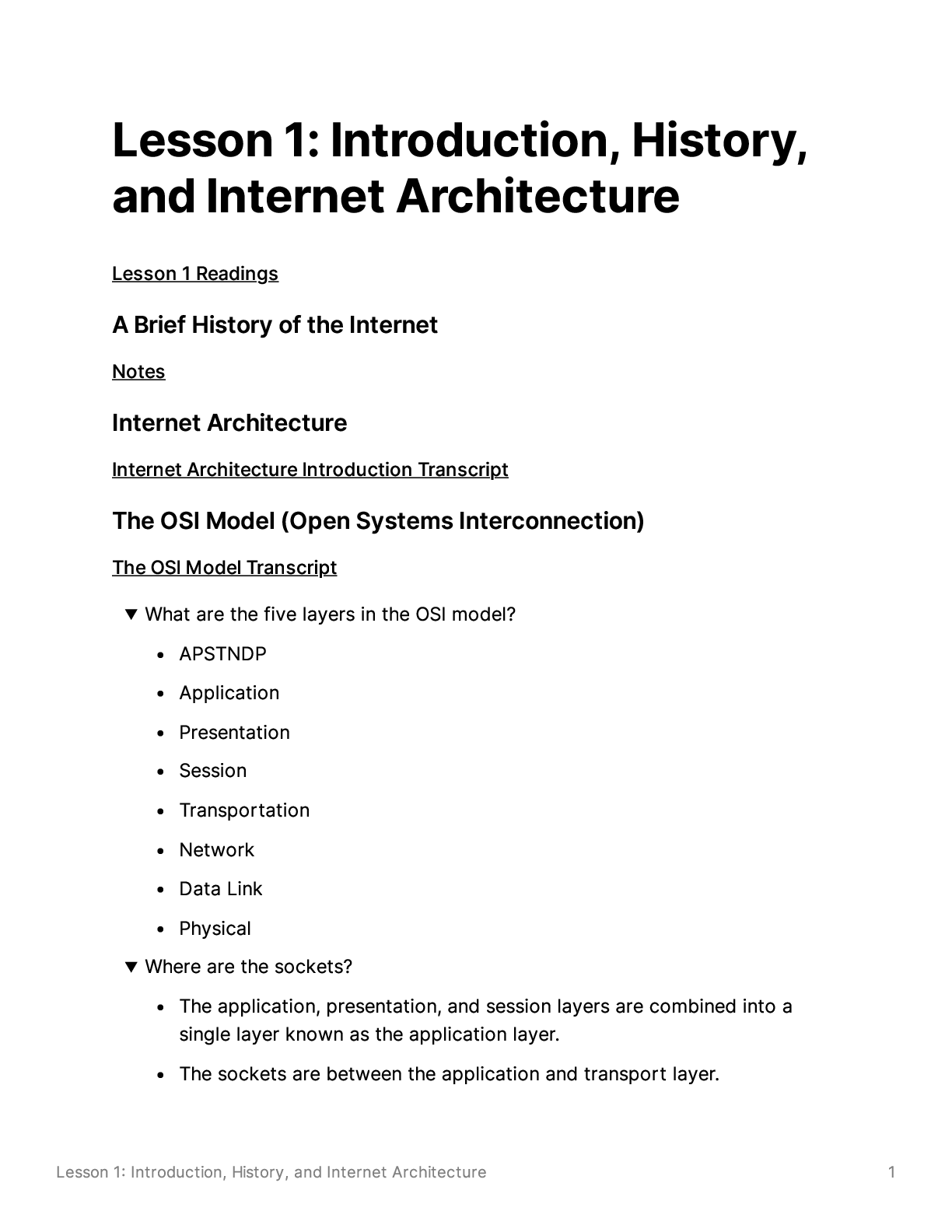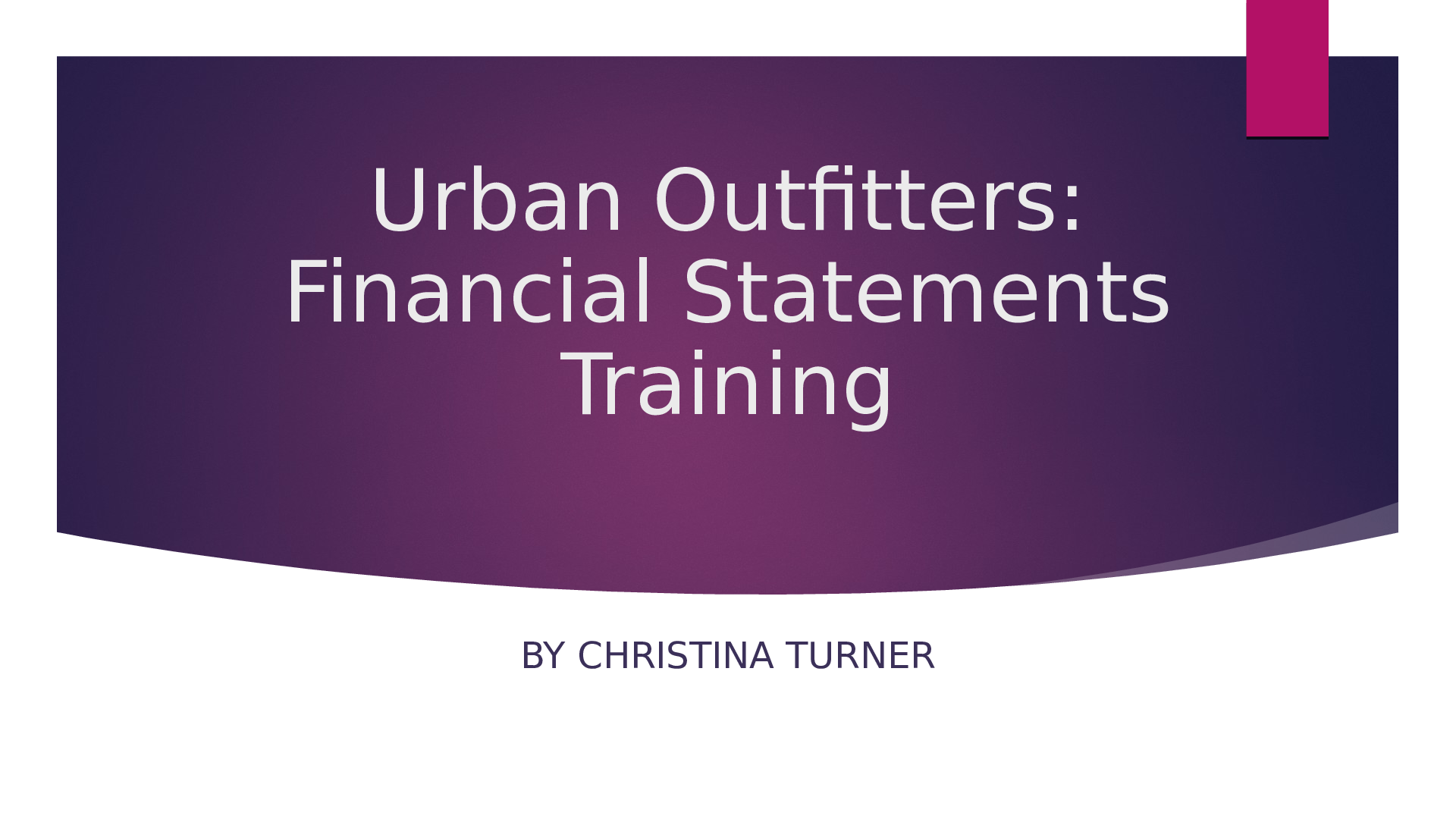Chemistry > STUDY GUIDE > Fleetwood Park Secondary CHEM 11 Learning guide 2 Chemistry (All)
Fleetwood Park Secondary CHEM 11 Learning guide 2 Chemistry
Document Content and Description Below
Unit 2 ~ Learning Guide Name: ___Taryn Nahal______ Instructions: Using a pencil, complete the following notes as you work through the related lessons. Show ALL work as is explained in the lessons. ... You are required to have this package completed BEFORE you write your unit test. Do your best and ask questions if you don’t understand anything! History of Elements and Compounds: 1. Write the name and definition of each of the three Fundamental Laws of Chemistry. Law of Definition Conservation of Mass The total mass of all reactants will equal the total mass of all products. (Matter can’t be destroyed by chemical means) Definite Proportions A specific compound always contains the same elements in the same definite proportions. Multiple Proportions Some combinations of elements may be capable of forming more than one compound. 2. Write the symbols and names of the first 10 elements discovered. Hint: All discovered B.C. Symbol Name Cu Copper Pb Lead Au Gold Ag Silver Fe Iron C carbon Sn Tin S Sulfur 2020-03-20 Page 1 of 15CHEMISTRY 11 Hg Mercury Zn Zinc The Periodic Table: 1. Which scientist created the first periodic table and in what year did he do so? - Dimitri Mendeleev discovered the first periodic table in the year 1869 2. Why did his original periodic table have blanks in it? - He left blank spaces for elements that have yet to be discovered 3. What separates metals from non-metals on the periodic table? - Semi metals (a “staircase”) 4. Provide names for the following groups on the periodic table Group Name 1 Alkali metals 2 Alkali Earth Metals 17 Halogens 18 Noble gases 5. Which of these elements is more metallic, Titanium or Iron? Explain how you know this by discussing the position of the elements on the periodic table. 2020-03-20 Page 2 of 15CHEMISTRY 11 Titanium since it is further to the left on the table. 6. Which of these elements, Fluorine or Carbon has a higher electronegativity? Explain how you know this by discussing the position of the elements on the periodic table. Fluorine because it is further right on the periodic table of elements. Periodic Table Groups 13-16: 1. What two well-known materials are allotropes of carbon? - Diamond and graphite 2. Which element makes up 78% of the air we breathe? - Nitrogen 3. Which element has an allotrope made from 4 atoms? - Phosphorus 4. Which element has an allotrope made from 8 atoms? - Sulfur Atoms, Molecules and Ions Classification Atoms are made of 3 fundamental subatomic particles: protons, neutrons and electrons. The number of protons in a given atom is known as the atomic number and this number can be found on the periodic table. The number of protons and neutrons together is known as the atomic mass. The atomic mass on the periodic table is an average mass of different isotopes and should NOT be used for the following question. The number of electrons in an atom is equal to the number of protons. The charge of an atom is always zero. The charge of an ion is given by # protons - # electrons The full symbol for any given atom will tell you the atomic mass on the top and the atomic number on the bottom. [Show More]
Last updated: 2 years ago
Preview 1 out of 15 pages

Buy this document to get the full access instantly
Instant Download Access after purchase
Buy NowInstant download
We Accept:

Reviews( 0 )
$11.00
Can't find what you want? Try our AI powered Search
Document information
Connected school, study & course
About the document
Uploaded On
Jul 30, 2021
Number of pages
15
Written in
Additional information
This document has been written for:
Uploaded
Jul 30, 2021
Downloads
0
Views
49









.png)




